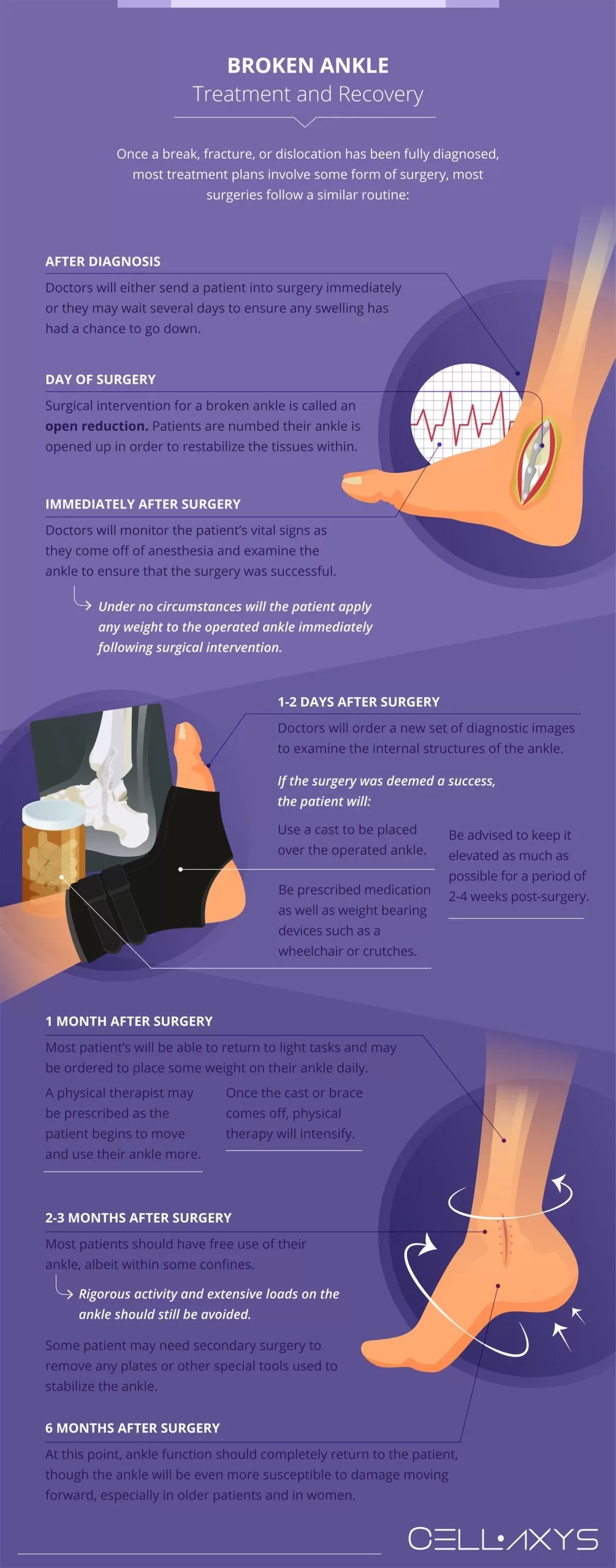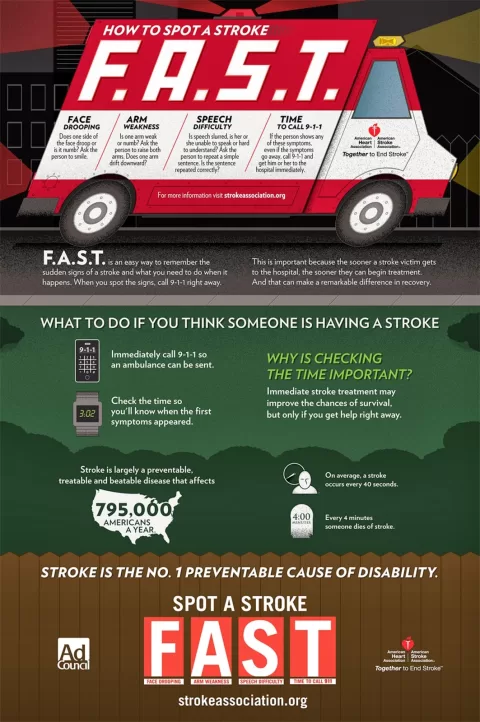Broken ankle recovery time can be a major concern for anyone facing this painful injury. The timeline for healing can vary significantly, typically ranging from **6 to 8 weeks**, depending on factors such as the severity of the fracture, age, and overall health. Understanding what to expect during the recovery process is essential for maintaining both physical and emotional well-being. In this guide, we will explore the typical recovery durations and share important information on how to speed up ankle recovery, effectively manage pain, and improve the broken ankle healing experience. By following expert recommendations and rehabilitation protocols, you can ensure a smoother recovery from your fractured ankle.
Recovering from an ankle fracture, commonly referred to as a broken ankle, can be a daunting experience. Whether it’s a mild sprain or a severe fracture, the journey back to full mobility can vary widely based on individual circumstances. In this article, we will delve into the specifics of the ankle fracture timeline, examining the various factors that influence healing and offering practical tips for accelerating recovery. Pain management strategies will also be discussed to ensure that you can navigate this challenging time as comfortably as possible. By exploring the nuances of fractured ankle recovery, we aim to provide a comprehensive resource for understanding the healing process.
The Importance of Understanding Broken Ankle Recovery Time
Understanding the recovery time for a broken ankle is crucial for setting realistic expectations and planning. Typically, most broken ankles take between 6 to 8 weeks to heal, depending on varying factors like age, overall health, and the specific type of fracture. For instance, a mild fracture might require only about 4 to 6 weeks for recovery, while more severe fractures can take much longer, potentially extending to 10-12 weeks. This variability illustrates the importance of personalized medical guidance, as each recovery timeline is highly individual.
Additionally, knowing the expected recovery timeline can greatly influence your mental approach to the healing process. It helps set benchmarks for rehabilitation exercises and pain management strategies. By understanding how long it typically takes for fractures to heal, patients can prepare themselves mentally and emotionally for the journey ahead—transforming uncertainty into a manageable roadmap for recovery.
Key Factors That Affect Broken Ankle Healing
Several critical factors influence the healing of a broken ankle, the most significant being the age and health of the individual. Younger people generally see faster healing times due to better bone density and quicker metabolic rates. In contrast, older adults may experience prolonged recovery periods, especially if they have underlying health conditions like osteoporosis or diabetes that impede healing.
Moreover, the complexity of the fracture itself plays an essential role in recovery. Simple fractures, which do not displace the broken bones, typically heal faster than complex fractures that may involve multiple breaks or require surgical intervention. Understanding these factors can aid in creating a personalized recovery plan that addresses individual needs and conditions.
Nutrition and Diet for Speeding Up Ankle Recovery
Nutrition is a foundational aspect contributing to the recovery from a broken ankle. A well-balanced diet, particularly rich in protein, calcium, and vitamins D and C, can significantly enhance healing. Protein is integral for tissue repair, while calcium strengthens the bone structure, and vitamins are necessary for the absorption of calcium and the formation of collagen, which is crucial for bone regeneration.
Research indicates that those who adhere to a nutrient-rich diet during their recovery period may experience healing times that are up to two weeks shorter. Therefore, focusing on healthy eating habits, such as incorporating dairy products, leafy greens, and lean meats, should be a priority for anyone looking to recover from an ankle fracture effectively.
Effective Pain Management Strategies for Broken Ankles
Pain management is a crucial part of recovering from a broken ankle. While the physical process of healing takes time, managing pain efficiently can improve your overall recovery experience. Prescribed medications, along with over-the-counter options like ibuprofen or acetaminophen, can help alleviate discomfort, allowing patients to engage more freely in rehabilitation exercises and daily activities.
Incorporating non-pharmaceutical options, such as physical therapy and relaxation techniques, can also play a significant role in pain management. Physical therapy helps increase mobility and strength through specifically tailored exercises, while relaxation methods such as deep breathing or meditation can improve mental well-being and reduce the perception of pain.
Emotional Wellness During Broken Ankle Recovery
The process of recovering from a broken ankle is not solely physical; emotional health plays a vital role in healing as well. Prolonged immobilization due to injury can lead to feelings of frustration, isolation, or anxiety. Engaging in social activities or pursuing hobbies that can be done while seated can help counteract these feelings, fostering a positive outlook during recovery.
Staying connected with your social circle is equally important. Regular communication with friends and family, through visits or virtual means, can provide emotional support that enhances mood and motivation to adhere to recovery protocols. Recognizing and addressing your emotional health throughout the healing process ensures a holistic approach to recovery.
Frequently Asked Questions
What is the typical broken ankle recovery time?
The typical recovery time for a broken ankle varies based on the severity of the fracture. Generally, mild fractures heal in **4 to 6 weeks**, moderate fractures in **6 to 8 weeks**, and severe fractures, which may require surgery, can take **10 to 12 weeks** or longer.
How can I speed up ankle recovery after a fracture?
To speed up ankle recovery after a fracture, focus on a balanced diet rich in protein, calcium, and vitamins D and C. Engage in gentle physical therapy as advised by your healthcare provider, manage pain effectively, and keep the ankle elevated to reduce swelling.
What factors influence broken ankle healing time?
Several factors influence broken ankle healing time, including age, overall health, and the complexity of the fracture. Younger individuals and those in good health tend to recover faster, while severe fractures take longer to heal.
What can I do for pain management during broken ankle recovery?
For effective pain management during broken ankle recovery, follow your doctor’s prescribed medication plan. Over-the-counter pain relievers such as ibuprofen or acetaminophen can help. Additionally, practicing ice therapy and gentle mobility exercises may alleviate discomfort.
What is the ankle fracture timeline for rehabilitation?
The ankle fracture timeline for rehabilitation varies based on the severity of the injury. Initial healing can take **4 to 12 weeks**, during which physical therapy typically begins once basic healing has occurred. Full rehabilitation may take additional weeks, requiring adherence to prescribed exercises.
| Key Aspect | Details |
|---|---|
| Recovery Time | Typically ranges from 6 to 8 weeks, depending on the fracture’s severity. |
| Mild Fractures | May heal in 4 to 6 weeks. |
| Moderate Fractures | Recovery may extend to 6 to 8 weeks. |
| Severe Fractures | Could take 10 to 12 weeks or more, possibly requiring surgery. |
| Factors Influencing Recovery | Age, overall health, and type of fracture significantly affect healing. |
| Importance of Nutrition | A balanced diet rich in protein, calcium, and vitamins D and C can speed up recovery. |
| Pain Management | Use prescribed medications and over-the-counter pain relievers, and engage in physical therapy. |
| Managing Swelling | Techniques include elevation and ice therapy to reduce pain and swelling. |
| Mental Wellness | Stay engaged in leisure activities and maintain social connections to boost mood. |
| Follow-Up Appointments | Adhere closely to medical advice and report any complications to your healthcare provider. |
Summary
Broken Ankle Recovery Time can vary significantly, typically ranging from 6 to 8 weeks. Understanding this timeline is essential for managing expectations and planning for optimal recovery. Various factors can influence this duration, including the severity of the fracture, age, and overall health condition. To effectively speed up recovery, it is crucial to maintain a nutritious diet, manage pain appropriately, and engage in physical therapy as advised. Additionally, keeping a positive mental attitude and maintaining connections with loved ones can enhance emotional well-being. Adhering to medical advice is vital to avoid complications and ensure a smoother recovery process. By taking these steps, individuals can navigate their healing journey more comfortably.
The content provided on this blog (e.g., symptom descriptions, health tips, or general advice) is for informational purposes only and is not a substitute for professional medical advice, diagnosis, or treatment. Always seek the guidance of your physician or other qualified healthcare provider with any questions you may have regarding a medical condition. Never disregard professional medical advice or delay seeking it because of something you have read on this website. If you believe you may have a medical emergency, call your doctor or emergency services immediately. Reliance on any information provided by this blog is solely at your own risk.








